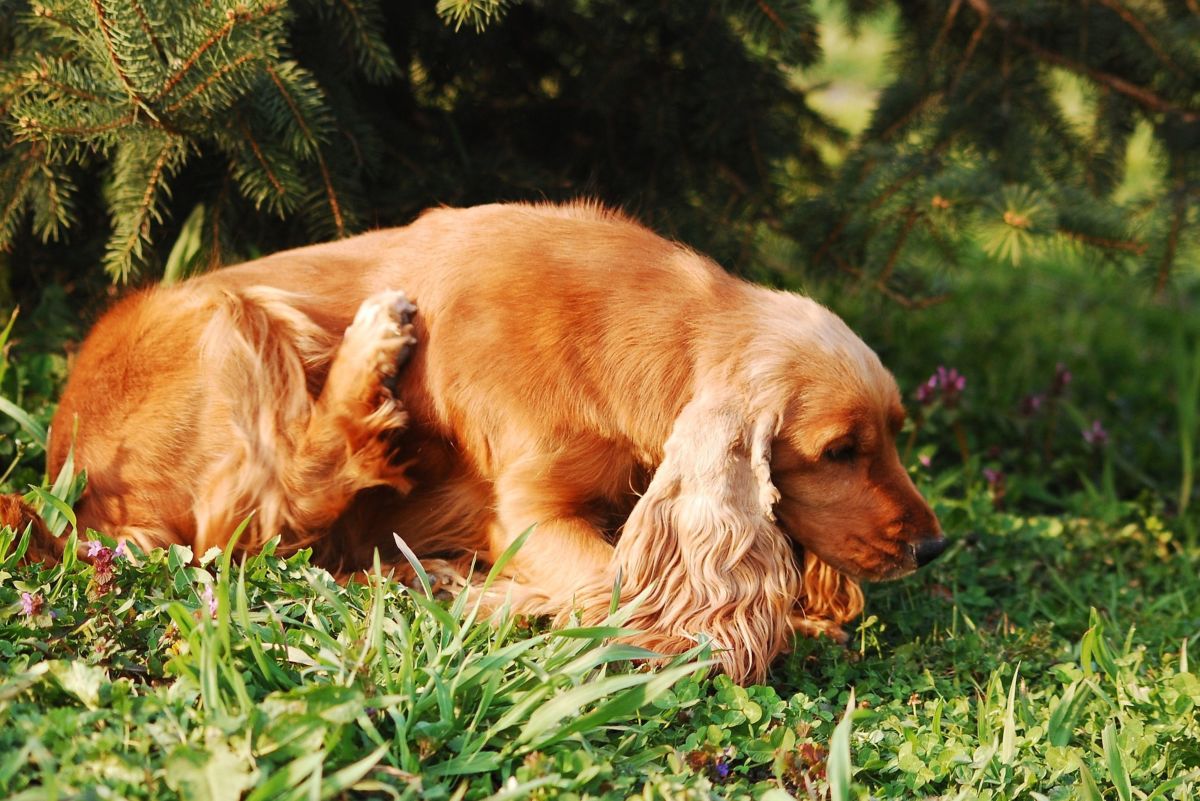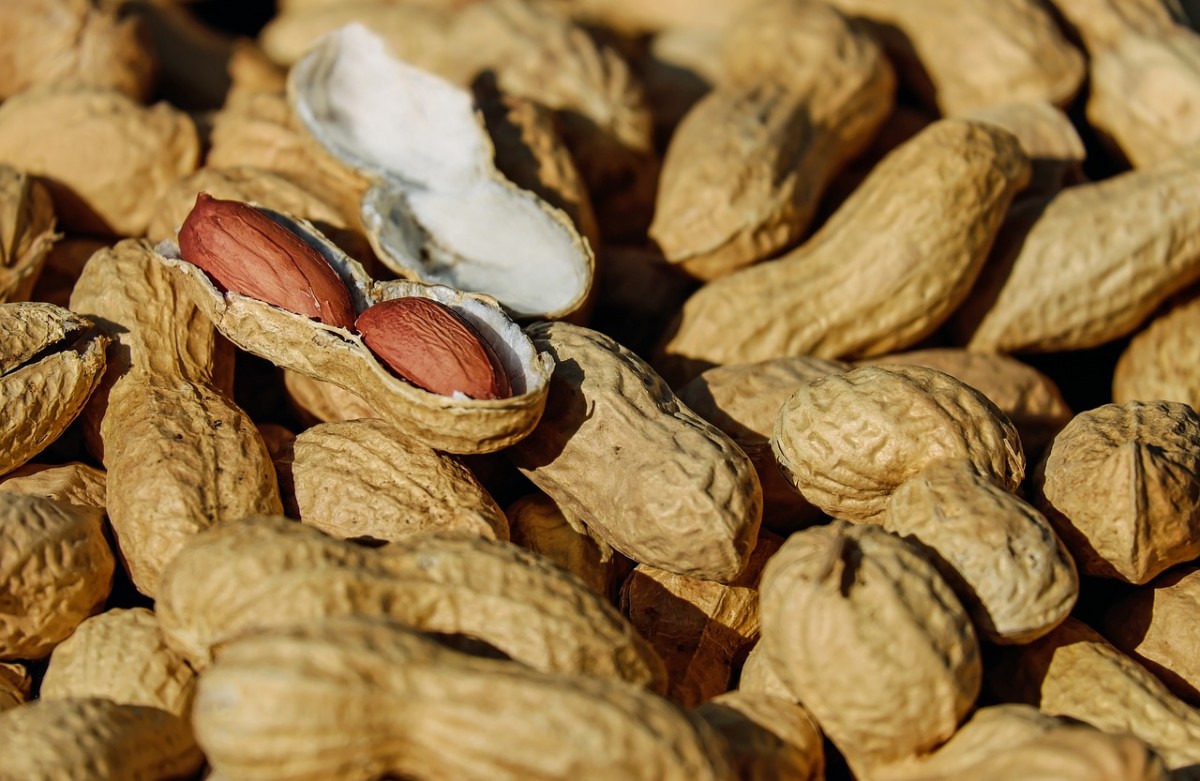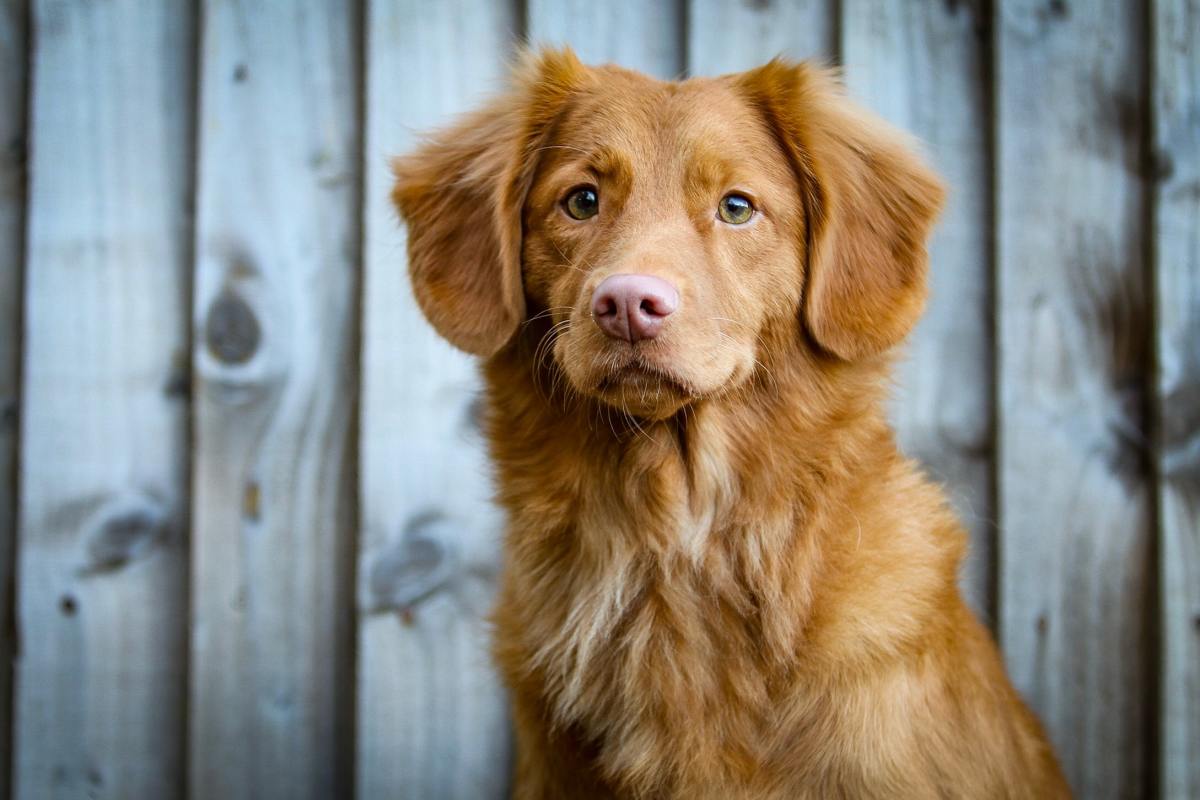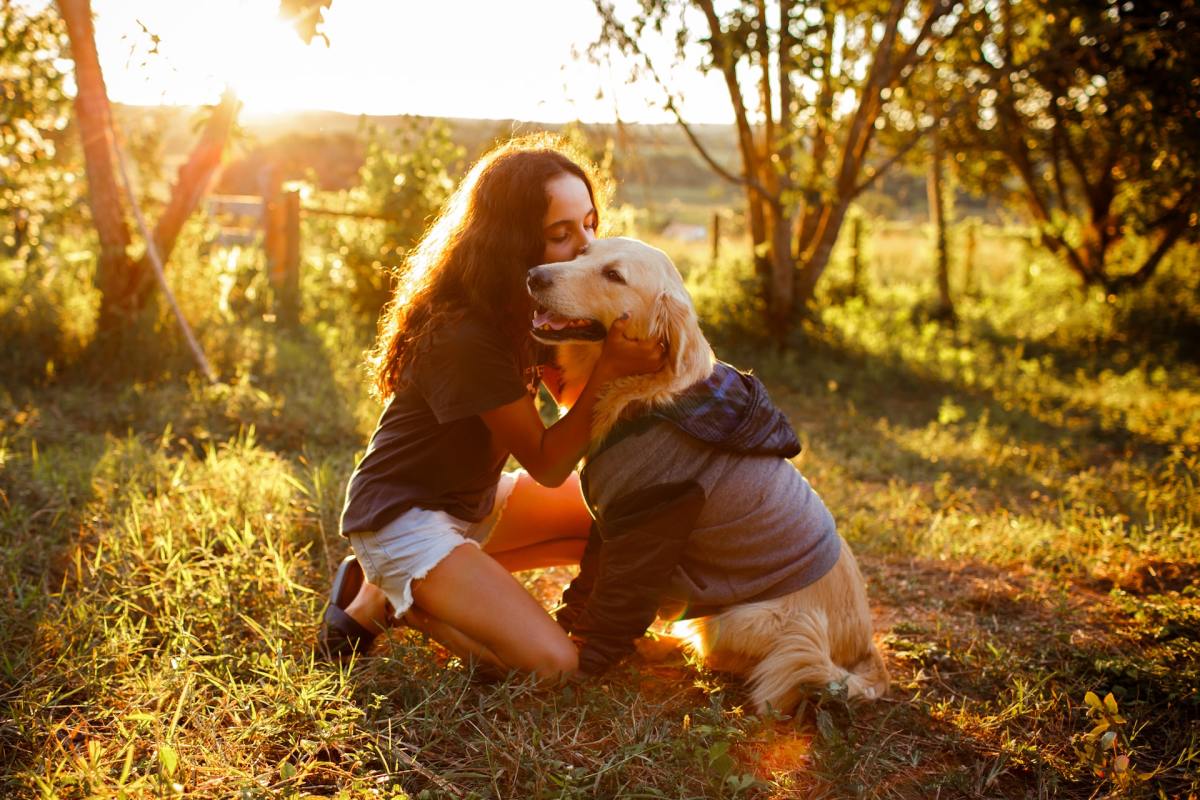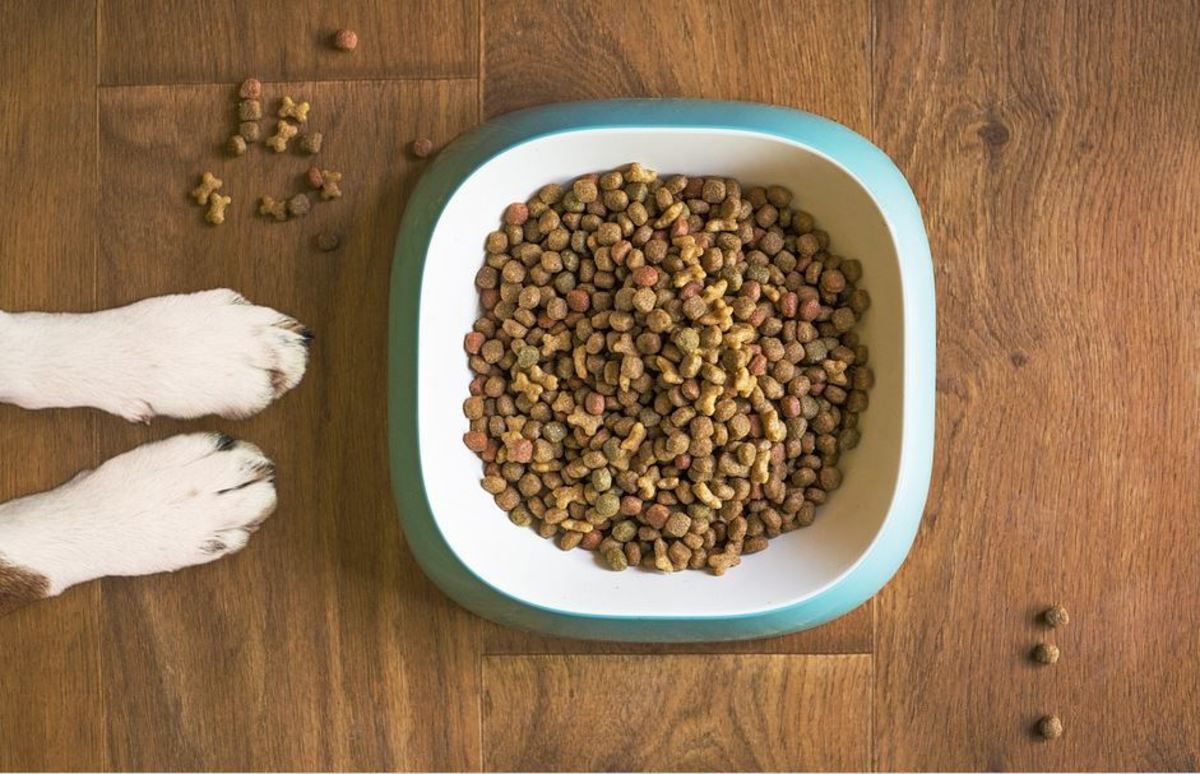- HubPages»
- Pets and Animals»
- Dogs & Dog Breeds»
- Dog Food
Common Dog Food Allergies
Dog Allergies
Your dog can have just as many allergies as you do... That means, yes, he can be allergic to cat dander, other dog dander, perfumes, grass, and even food. Although, the frequency of a dog being allergic to another dog is much less common than a dog being allergic to a particular food ingredient.
For the most part, it can get expensive dealing with a dog with specific allergies because depending on the particular allergy, it may entail that you get regular shots, medications, foods, shampoos, etc. But, if you know exactly what your dog is allergic to, you can find ways around it and try to eliminate the allergen throughout your home.
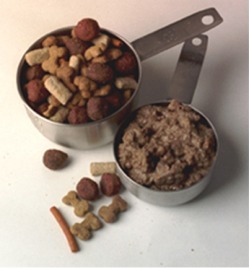
Dog Food Allergies
Probably one of the more common dog allergies is a food allergy, besides a flea and tick allergy or a skin allergy. The more common food allergies are those towards corn or wheat, as in the wild, they do not eat either corn or wheat and survive on a sole meat diet, but in captivity corn and wheat are common fillers in dog foods.
This is why what you feed your dog is very important. I mean, looking at most dry foods, and even some canned dog foods, you'll find that the main ingredient is commonly a filler, typically a rice.
When choosing a dog food, dry or can, you want to always read the ingredient label before purchasing the dog food. You want to make sure that the first ingredient is a protein, because that means the main ingredient is a protein.
There are many all natural dog foods on the market today, and you will find that although a little more pricey, they are much better for your dog. Plus, the fewer fillers that are in the dog food, means the less your dog has to eat in order to get the nutrients that he needs, which means you save money because you can feed him less. And, because he's eating a little less, he'll potty a little less.. It's really a win- win situation.
Types of Food Allergies:
- Additives in commercial dog food
- Dairy products
- Eggs
- Grains (commonly wheat)
- Soy
- Specific meat or protein
- Specific vegetables (commonly corn)
- Whey
In many cases, it's not the actual food, but the chemicals (preservatives and pesticides) used in and around the foods that cause the allergic reaction.
You will find many lamb-based foods marked for dogs with food allergies, but now, lamb, too, can produce an allergic reaction, so it will be up to you and your vet to figure out what all your dog is allergic to so that you can find a food that will best suit his food allery.
And, remember that it is nothing more than a mere myth that by feeding the same dog food every day throughout your dog's life will prevent a food allergy from developing. In actuality, by feeding your dog a variety of foods cn prevent the development of a food allergy.
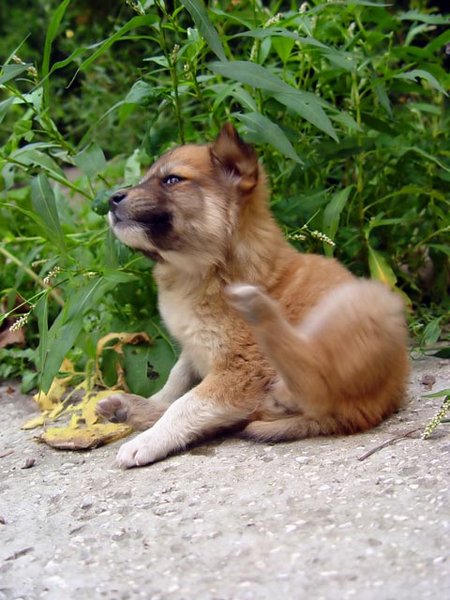
Signs of a Dog Food Allergy
The main sign of an allergy, no matter what type of allergy is going to be itchy skin, which can manifest into scratching and/or chewing, sores, head shaking, hair loss, face rubbing, and reoccuring infections (commonly ear infections).
If the food allergy isoverlooked, then the simple skin irritation can manifest into more serious symptoms, such as vomiting, diarrhea, flatulence, sneezing, asthma like respiratory symptoms, seizures, and even behavioral changes.
Typically a food allergy is overlooked, as skin problems are typically just associated with fleas, mange, or some external allergen such as pollen or dust.
And, in many cases, a food allergy is not the first suspect because the dog has eaten the same dog food for years, and the problems have just recently started to occur. Well, like people, dogs can suddenly develop a food allergy, and it's not uncommon for a dog food manufacture to make a slight change in the ingredients.
A food allergy can appear in any age dog, breed, and gender. There is nothing that can prevent a dog from developing a food allergy, not even spaying/neutering (although, you shold spay/neuter your dog for other reasons).
Diagnosing a Food Allergy
It can be hard to distinguish a food allergy from other health problems or allergies, but there are a few things to look for.
- Dogs who experience the symptoms year round versus seasonally.
- Dogs who don't respond to anti-histamines or steriods.
- Dogs who develop skin problems at a young age.
- Dogs that have reoccuring ear problems, such as infections.
Your vet can perform an allergy test on your dog in order to find out the source of your dog's allergy. For the most part, it consists of removing the dog's current dog food and replacing it with a completely different food for a period of time, usually at least six weeks, to see if the symptoms go away, and then re-introducing the food to see if the symptoms return.
Lamb used to be the recommended diet for dogs with food allergies, but currently a duck and potato diet is more commonly recommended.
It will take a good bit of time to fully eliminate the substances from your dog's system after changing the dog's diet, but over time your dog will be able to recover his food allergy and stop producing the antibody that is causing the symptoms.In many cases, it can take anywhere from six to ten weeks, and up to two weeks for the symptoms to reappear, if the new diet is still affecting your dogs allergies.
Homemade Dog Recipes
Homemade Dog Food Diet
In many cases, it may just be as easy to put your dog on a homemaade dog food diet. There are many different diets that you can choose to put your dog on, but sometimes knowing that you are using all fresh vegetables and meats, will put your mind at ease just a little.
Before you put your dog on a homemade diet, you want to consult with your vet as to a diet that will be best for your dog and his dietary needs.
Choosing Dog Food
Disclaimer: Please be aware that the advice in this article should in no way replace that of a licensed veterinarian. The methods outlined above may or may not work for your pet. If you have any concerns, you should consult a veterinarian.


